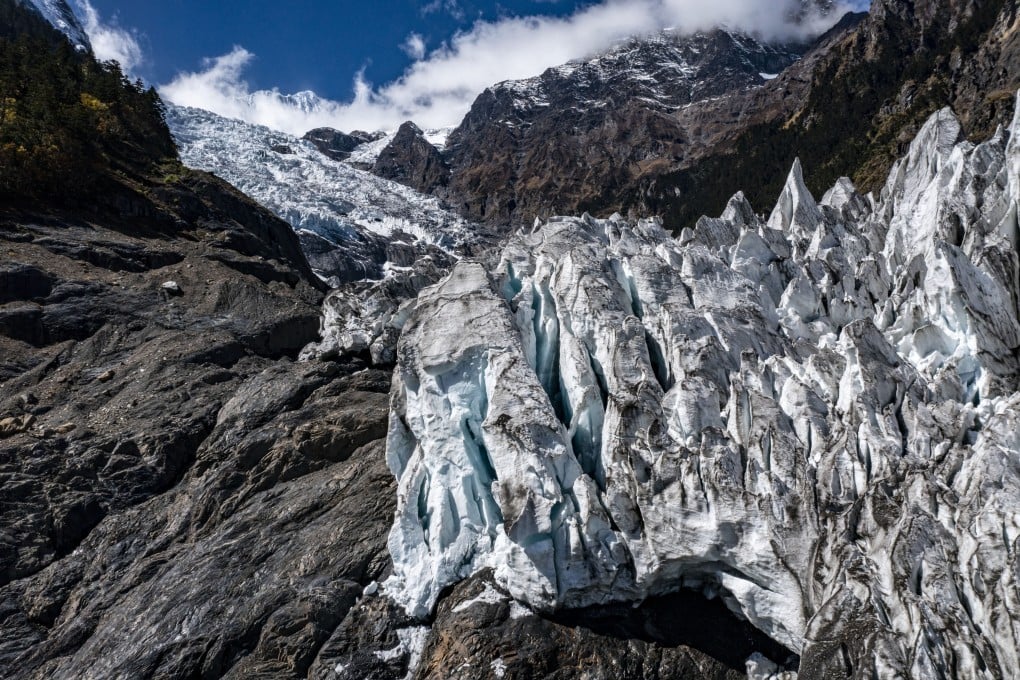In China, 1 million people are at risk from glacier-melt flooding, a disaster threat set to grow with global warming
- Glacial lake outburst floods – or GLOFs – threaten 15 million people around the world, including vulnerable populations in western China
- New Zealand academic says governments could encourage residents to move from the danger zone, while reserving high-risk areas for agriculture only

The exposed populations live in western China throughout the mountainous regions of Xinjiang, Tibet, Qinghai, Sichuan and Yunnan, with the areas east of Xinjiang’s capital, Urumqi, and Yunnan’s capital, Kunming, deemed the most dangerous.
“The continued ice loss and expansion of glacial lakes due to climate change therefore represents a globally important natural hazard that requires urgent attention if future loss of life from GLOF [glacial lake outburst floods] is to be minimised,” the team said in an article published in the peer-reviewed journal Nature Communications on Wednesday.
Such floods often happen with little warning when a natural dam containing a glacial lake fails. The sudden flush of water can kill people and damage property, infrastructure and farms.
Another lake in the southeastern Qinghai-Tibetan Plateau, Jiwenco, failed in June 2020, destroying buildings, roads, bridges and farmlands along the flow path.
